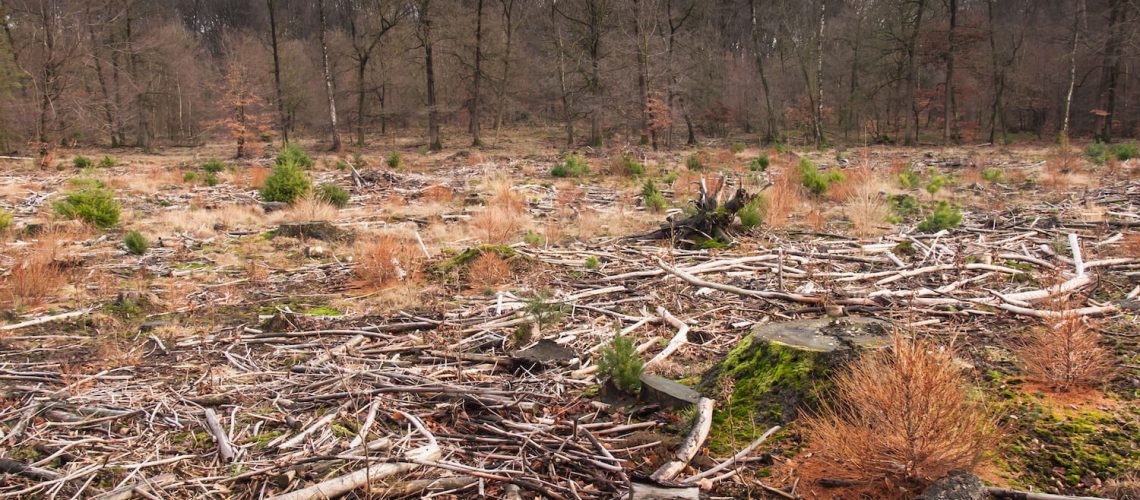Wildfires have become a major concern worldwide due to their devastating effects on the environment and human life. These wildfires can be caused by several factors, including human activities, lightning, and natural causes. However, one factor that can contribute to the spread of wildfires is overgrown vegetation, dead trees, and other debris that can ignite and fuel the flames. This is where land clearing comes in.
Land clearing involves removing vegetation, trees, and other debris from a piece of land to prepare it for development, agriculture, or other purposes. Land clearing can also be done as a preventive measure to reduce the risk of wildfires. In this article, we will explore the role of land clearing in preventing wildfires and how it can be done.
What is land clearing?
Land clearing is the process of removing vegetation, trees, and other debris from a piece of land. It is often done for agricultural, industrial, or residential purposes, but it can also be used for wildfire prevention. Land clearing can be achieved through different methods, such as manual removal, controlled burning, and mechanical clearing.
The benefits of land clearing for wildfire prevention
Land clearing can play a crucial role in preventing wildfires by creating firebreaks, reducing fuel loads, and improving access for firefighters. Firebreaks are areas where vegetation has been removed, creating a barrier that can stop or slow down the spread of a wildfire. By reducing fuel loads, land clearing reduces the amount of material available to burn, making it easier to control and contain a wildfire. Clearing vegetation also makes it easier for firefighters to access and fight the fire, as there are fewer obstacles in their way.
In addition to preventing wildfires, landscape clearing has several other benefits. These include:
- Improved Land Management: Land clearing can improve land management by removing unwanted vegetation and debris. This can help to improve soil quality, reduce erosion, and prevent soil degradation.
- Increased Agricultural Productivity: Land clearing can increase agricultural productivity by providing more land for farming. Clearing land can also help to remove unwanted vegetation that competes with crops for nutrients and water.
- Enhanced Wildlife Habitat: Land clearing can help to enhance wildlife habitat by creating open spaces for wildlife to thrive. This can help to increase the biodiversity of the area and provide a home for a variety of species.
- Reduced Risk of Flooding: Land clearing can help to reduce the risk of flooding by improving the flow of water in rivers and streams. By removing unwanted vegetation and debris, water can flow freely, reducing the risk of flooding.
Methods of land clearing for wildfire prevention
There are several methods of land clearing that can be used for wildfire prevention. These include manual removal, controlled burning, and mechanical clearing.
- Manual removal involves physically removing vegetation, debris, and trees using tools such as chainsaws, machetes, and shovels. This method is effective for small-scale land clearing projects but can be time-consuming and labor-intensive.
- Controlled burning, also known as prescribed burning, involves deliberately setting fires under controlled conditions. This method can be used to remove excess fuel loads and create firebreaks. However, it requires careful planning and coordination to ensure that the fire stays within the desired boundaries and does not become a wildfire.
- Mechanical clearing involves using heavy equipment such as bulldozers and excavators to remove vegetation and debris. This method is fast and efficient but can be expensive and may cause damage to the soil and landscape.
Landscape Considerations for land clearing
While land clearing can be effective in preventing wildfires, there are several considerations to keep in mind. First, it is important to obtain the necessary permits and approvals before starting any land clearing project. Second, it is important to consider the environmental impact of land clearing and take steps to minimize any negative effects. This includes minimizing soil erosion, protecting water sources, and preserving habitats for wildlife. Finally, it is important to consider the long-term maintenance and management of the cleared land to ensure that it remains fire-resistant.
Land Clearing Conclusion
In conclusion, land clearing plays a vital role in preventing wildfires by creating firebreaks, reducing fuel loads, and improving access for firefighters. Manual removal, controlled burning, and mechanical clearing are all effective methods of land clearing, each with its own advantages and disadvantages. However, it is important to consider the environmental impact of land clearing and take steps to minimize any negative effects. By carefully planning and executing land clearing projects, we can help prevent wildfires and protect our communities and natural habitats.

